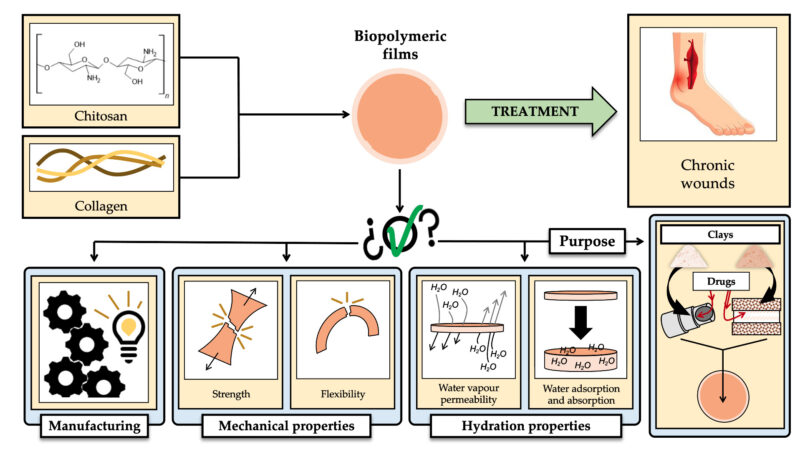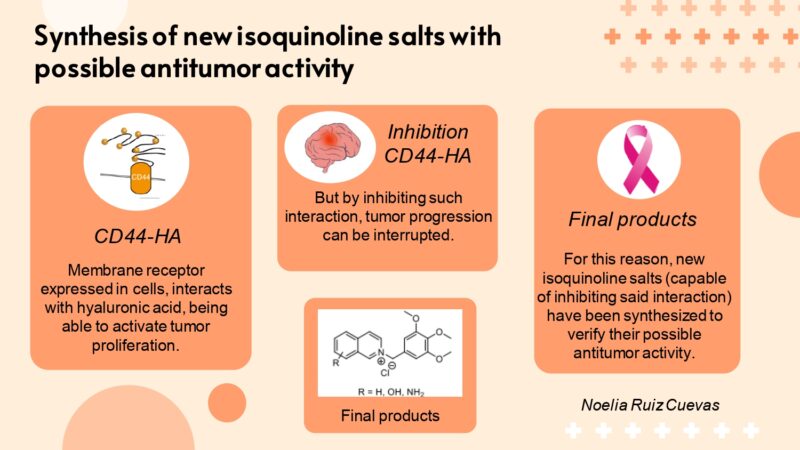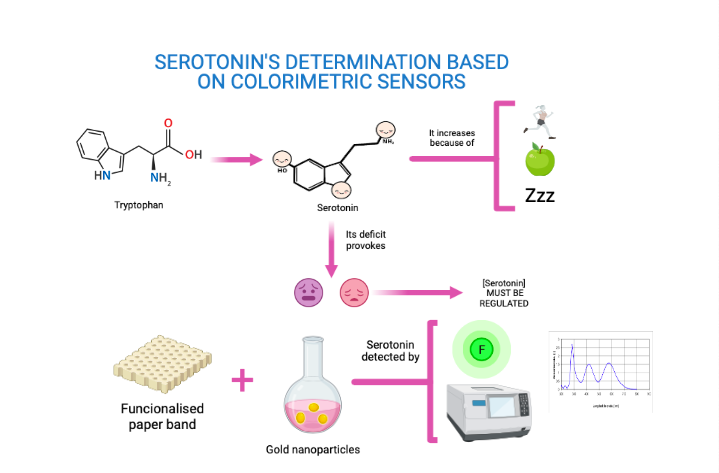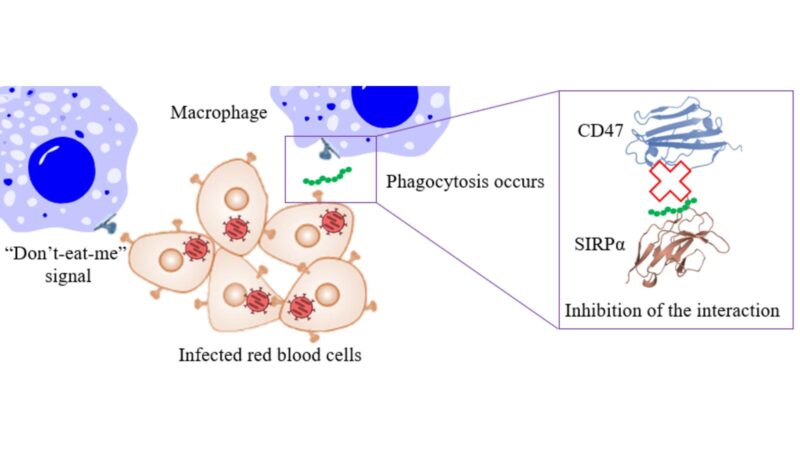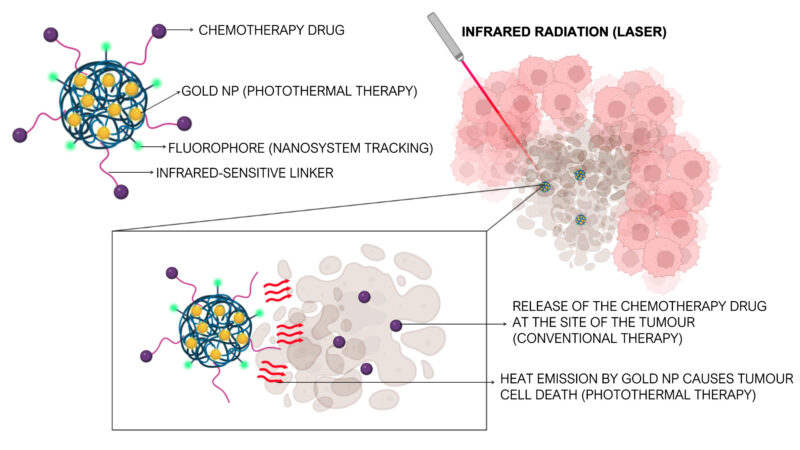
Nanomedicine is the use of nanotechnology in biomedicine. The use of nano-sized systems, which possess unique physicochemical properties compared to the starting materials, is becoming an important new weapon in the battle against complex diseases such as cancer. One of the most studied strategies today involves the controlled release of cytotoxic agents (e.g., drugs) that can reach the specific site of the disease (e.g., tumour), so reducing the side effects of conventional chemotherapy and making treatment more effective.
Our aim in this research is to design a nano-sized system (nanoparticle or nanosystem) with different functions to combat cancer. To this end, we have combined (i) an imaging agent (e.g., a fluorophore) to track the nanosystem in the body; (ii) a chemotherapeutic drug used in clinical settings (e.g., paclitaxel) which is strategically attached to a ligand that will only allow the drug to be released in the tumour site when infrared radiation is applied; and (iii) gold nanoparticles capable of converting infrared radiation into heat, thereby causing cancer cell death (photothermal therapy). This research will allow the development of a new nanosystem for combined therapy (controlled drug release and photothermal therapy).
Keywords: Keywords: Multifunctional nanosystems, gold nanoparticles, controlled drug release, photothermal therapy, cancer.
Directed by: María Victoria Cano Cortés/María del Carmen Ortega Liébana
